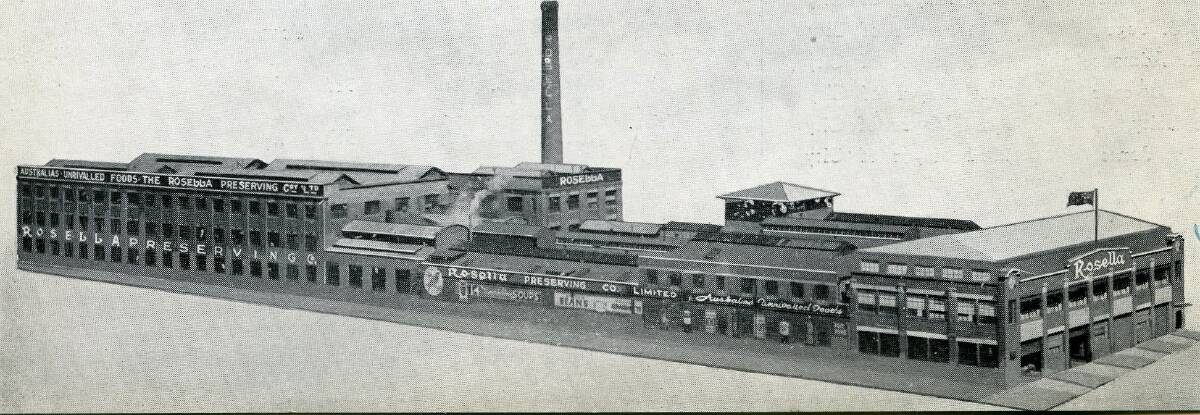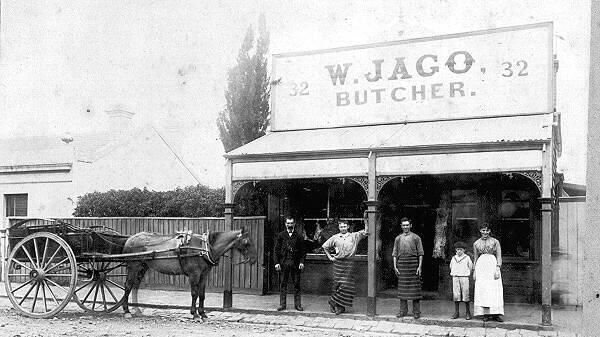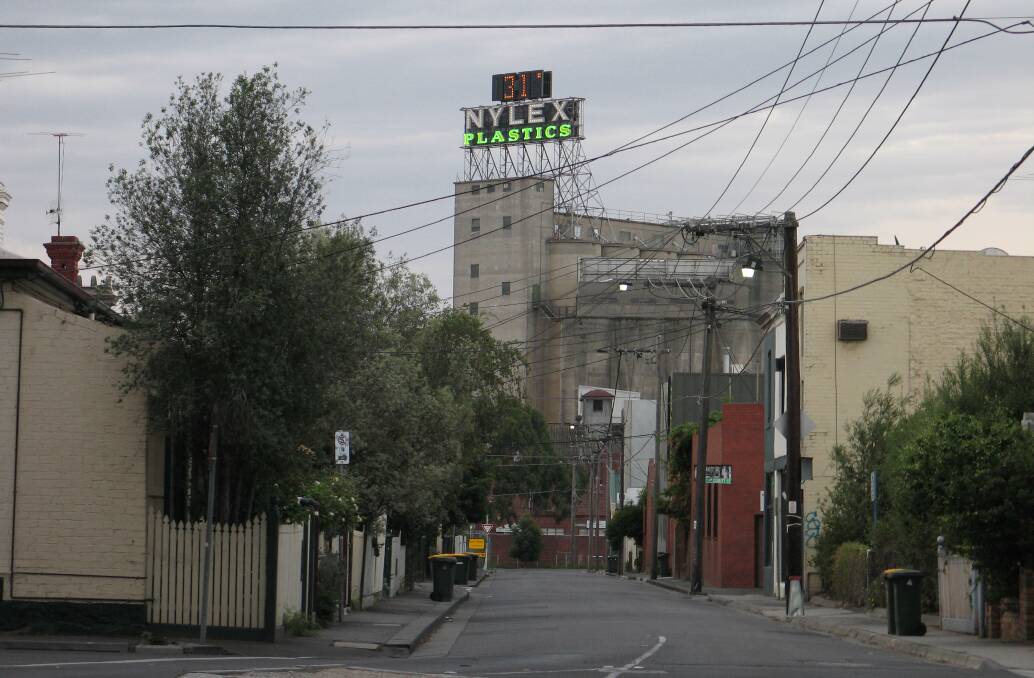
Cremorne, once called South Richmond, was named with the establishment of the Cremorne Gardens in 1853, by James Ellis.
The gardens occupied the land from Cremorne St, Balmain St and Cubitt Street and the Yarra River. George Coppin and Gustavus Brooke invested more than £10,000 upgrading the gardens with an open-air theatre, a maze, a bowling alley, a rifle gallery, a menagerie of birds and animals, and at least 150 statues.
The renovated gardens opened in 1856. The first-ever successful balloon flight in Australia took place at the gardens in 1858. In 1859 a railway station was built to the east of the site near the Rosella Factory. This was the original Cremorne Station, which was closed last century.

As the railway network expanded this provided greater access to new locations for entertainment and leisure. The Cremorne Gardens eventually closed in 1863.
The gardens were taken over by James Harcourt, who established a private asylum on the site.
From the beginning, the area known as Cremorne experienced intensive subdivision and growth of various industries over the last 160 years. The area was largely residential, with early industries such a potteries, maltsters, nurseries, vinegar manufacturing, clothing and textiles, food production, power generation, tanneries, breweries, and piggeries established over the decades.

Catering for the growing population were various denominations of churches and schools. Many of these industries and churches conducted sporting activities which connected the local community.
The older familiar companies have since disappeared such as Xerox and Siemens, Slade Knitwear, Rosella, Bryant May, Cash's Labels, Sutherlands Vinegar, Smith and Mitchell Maltsters, Lou Arthur Transport, Melbourne Wire Company, Richmond Brewery, Nylex Industries, Cremorne Collar Factory, Ansell, Book Binders, Nutlex Foods, Belvedere Motel, Riverside Inn, and Richmond Power Station.
Over the last two decades, Cremorne has experienced intensive redevelopment, with smaller cottages being replaced by multi-storey developments. These developments have transformed the area catering for growth in business and residential accommodation.
Cremorne is a thriving precinct with 2000 residents, 700 businesses and more than 10,000 workers.
Cremorne contributes $4 billion to the Victorian economy each year and is home to four of Victoria's tech companies that have attained billion-dollar valuations - whose headquarters are in Cremorne: MYOB, REA Group, Carsales and SEEK. Other business located in Cremorne are Just Jeans, Country Road, Mattel, John Wiley and Sons, Red Energy, Tesla, Disney, Domain, Kangan TAFE, Big Data and Red Fox.
The Victorian government has allocated $12 million to establish a new applied digital hub in Cremorne to develop jobs in innovative industries. The Cremorne area has experienced more that 90 percent growth in professional services, with the area known locally as "Silicon Yarra".
- David Langdon is president of the Richmond-Burnley Historical Society

